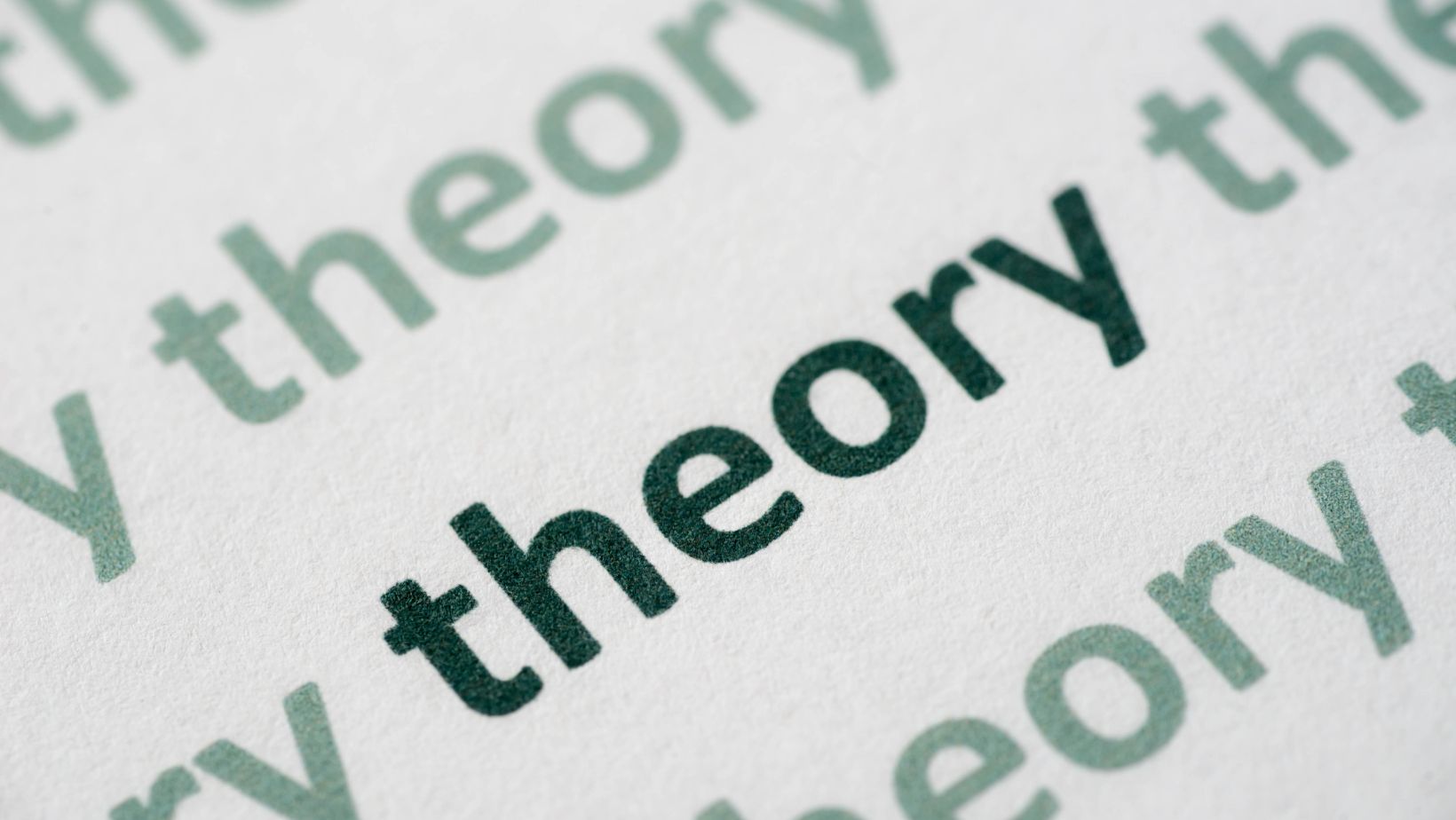Developing a gut grand unified theory is no easy task. As an expert in the field, I’ve encountered numerous challenges along the way. In this article, I’ll delve into the complexities and obstacles that arise when attempting to create a unified theory of the gut. From the intricacies of the gut microbiome to the interplay of various physiological processes, there’s much to consider in this ambitious endeavor.
The field of gut grand unified theory has gained significant attention in recent years, and for good reason. A comprehensive understanding of the gut and its functions can have far-reaching implications for human health and well-being. However, the road to developing such a theory is riddled with challenges.
A Gut (Grand Unified Theory) Refers to Theories That
As an expert in the field, I have spent years studying the complexities of the gut and the challenges associated with developing a grand unified theory. Understanding the gut and its functions is crucial for maintaining human health. In this section, I will delve into the intricacies of the gut grand unified theory and shed light on the hurdles researchers face in constructing such a model.
The gut is a fascinating organ with a vast array of microorganisms that play a crucial role in our overall well-being. These microorganisms, collectively known as the gut microbiota, interact with each other and with our bodies in complex ways. They help in digestion, produce essential nutrients, and even influence our mood and behavior.
Data Collection and Analysis
When it comes to developing a grand unified theory of the gut, one of the biggest challenges is the collection and analysis of data. As an expert in the field, I have witnessed firsthand the complexities involved in this process.
The gut is a complex and dynamic environment, housing trillions of microorganisms that play a vital role in our overall health. To develop a comprehensive model, researchers must collect and analyze an enormous amount of data, including genomic, metabolomic, and proteomic information.

Integration of Different Research Fields
Integrating different research fields is another significant challenge in developing a grand unified theory of the gut. The study of the gut involves various disciplines, including microbiology, immunology, genetics, physiology, and bioinformatics. Each field brings its own unique perspective and expertise, making collaboration and integration essential for a comprehensive understanding of the gut.
1. Microbiology: Understanding the vast array of gut microorganisms and their interactions is crucial in developing a unified theory. The gut microbiota consists of trillions of bacteria, viruses, fungi, and other microorganisms that play a vital role in our health. Identifying and characterizing these microorganisms, their functions, and their impact on the gut ecosystem is a complex task that requires expertise in microbiology and molecular biology.
2. Immunology: The gut is closely connected to the immune system, with immune cells playing a crucial role in maintaining gut homeostasis and responding to pathogens. Unraveling the intricate signaling pathways between the gut and the immune system is essential for understanding the relationship between gut health and overall well-being. Immunologists bring their expertise in studying immune responses and immunological mechanisms to the table, contributing to the integration of different research fields.
3. Genetics: The role of genetics in gut health cannot be underestimated. Genetic factors influence an individual’s susceptibility to certain gut disorders and their response to various treatments. Geneticists play a crucial role in identifying genetic markers associated with gut diseases and exploring the genetic basis of gut-microbiota interactions. Integrating genetic research into the grand unified theory allows for a personalized understanding of the gut and its impact on individual health.
4. Physiology: The gut performs a multitude of functions, including digestion, nutrient absorption, and waste elimination. Understanding the physiological processes occurring in the gut is essential for developing a comprehensive model. Physiologists contribute their knowledge of gut anatomy, motility, and secretion to the integration of different research fields, providing a holistic view of gut function.
5. Bioinformatics: With the vast amount of data generated in gut research, bioinformatics plays a crucial role in data management, analysis, and integration. Bioinformaticians develop computational tools and algorithms to analyze genomic, metabolomic, and proteomic data, allowing researchers to uncover patterns and relationships in the gut ecosystem. Their expertise is vital in integrating data from different research fields and constructing a unified model of the gut.
Conclusion
Developing a grand unified theory of the gut presents numerous challenges, particularly in the testing and validation process. The complexity and diversity of the gut microbiota, coupled with the need for large-scale studies and robust statistical analysis, make this endeavor a formidable task. Additionally, the multidisciplinary nature of the field requires collaboration across various scientific disciplines.


